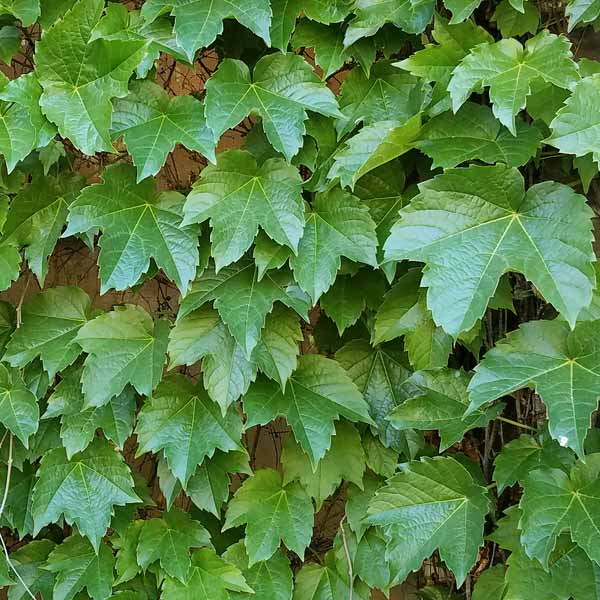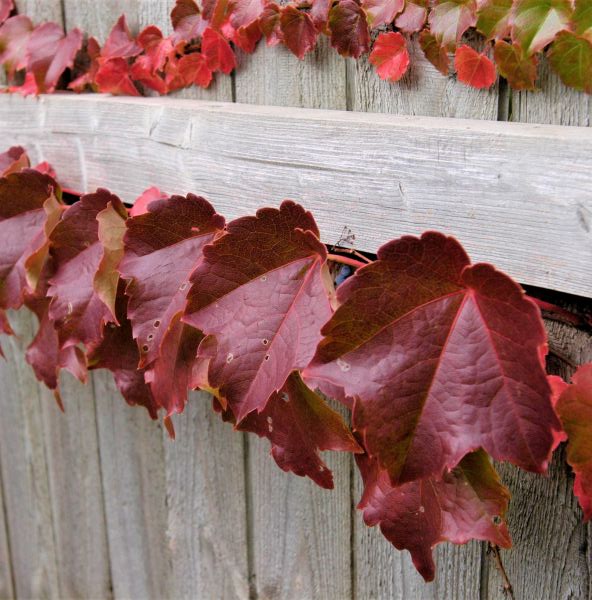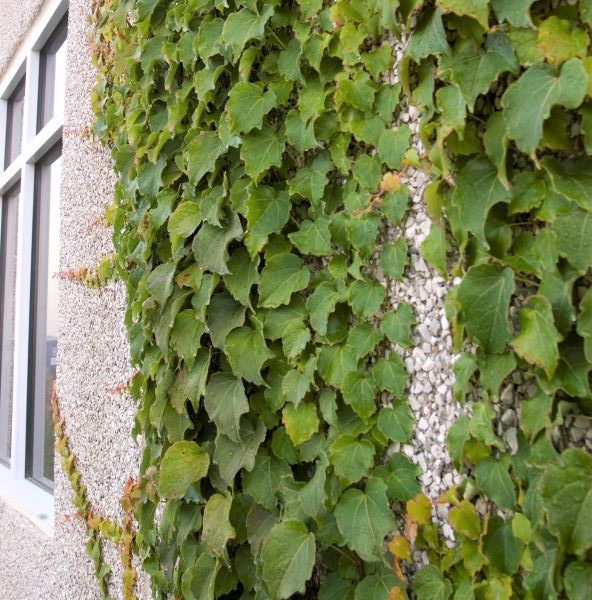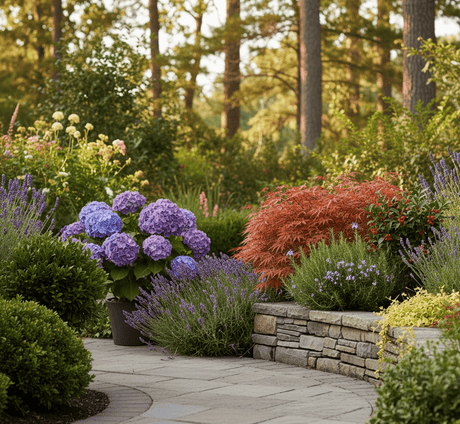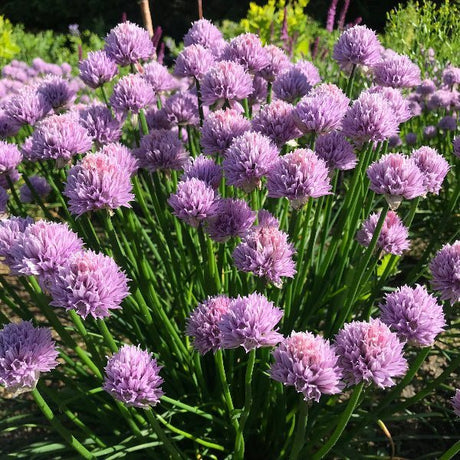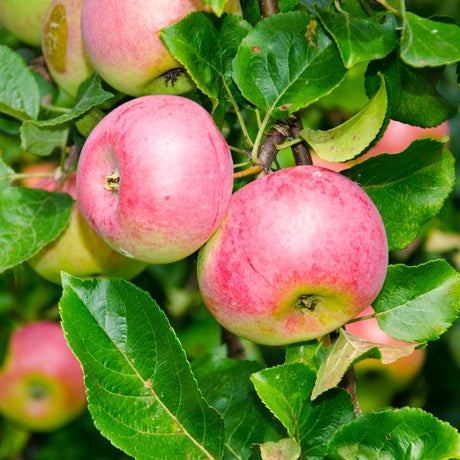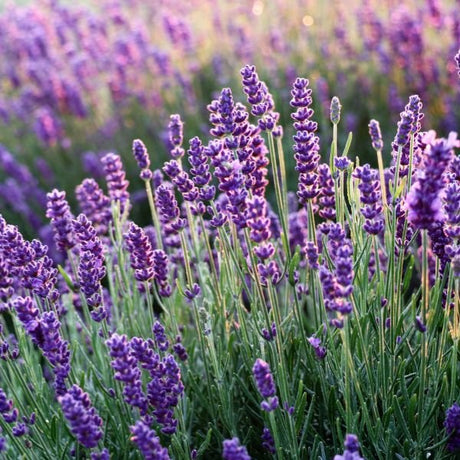Boston Ivy
Parthenocissus tricuspidata
- Stay Protected with Plant Sentry ™
Boston Ivy - Quart Container is backordered and will ship as soon as it is back in stock.
Plant Sentry™
Plant Sentry™

Plant Sentry™ Protected
Your order is protected by our compliance system that:
- Prevents restricted plants from shipping to your state
- Ensures plants meet your state's agricultural requirements
- Protects gardens from invasive pests and diseases
Delivery and Shipping
Delivery and Shipping
Delivery and Shipping
Fast, Safe Plant Delivery
Ships in 3-4 business days • Tracking provided • Weather protected
| Under $50 | $9.99 |
| $50 - $99.99 | $14.99 |
| $100 - $149.99 | $16.99 |
| $150+ | $24.99 |
✓ Zone-specific timing • ✓ Professional packaging • ✓ Health guarantee
Understanding Plant Options
Nature Hills offers plants in two main formats:
- Container Plants: Grown in pots with soil, sized by container volume and plant age
- Bare Root Plants: Dormant plants without soil, sized by height measurements
Container Plant Sizes
Container sizes indicate plant age and growing capacity rather than liquid volume equivalents. Our containers follow industry-standard nursery "trade gallon" specifications, which differ from standard liquid gallon measurements.
Young Plants (6 months to 18 months old)
| Container Size | Actual Volume | Metric Equivalent |
|---|---|---|
| 2" x 2" x 3" | 0.18 - 0.21 dry quarts | 0.20 - 0.23 dry liters |
| 4" Container | 0.31 - 0.87 dry quarts | 0.35 - 0.96 dry liters |
| 4.5" Container | 0.65 dry quarts | 0.72 dry liters |
| 6" Container | 1.4 dry quarts | 1.59 dry liters |
| 1 Quart | 1 dry quart | 1.1 dry liters |
| 5.5" Container | 1.89 dry quarts | 2.08 dry liters |
Established Plants (18 months to 2.5 years old)
| Container Size | Actual Volume | Metric Equivalent |
|---|---|---|
| 2 Quart | 2 dry quarts | 2.2 dry liters |
| #1 Container | 2.26 - 3.73 dry quarts | 2.49 - 4.11 dry liters |
| 5" x 5" x 12" | 3.5 - 4.3 dry quarts | 3.85 - 4.74 dry liters |
Mature Plants (2-4 years old)
| Container Size | Actual Volume | Metric Equivalent |
|---|---|---|
| #2 Container | 1.19 - 1.76 dry gallons | 5.24 - 7.75 dry liters |
| #3 Container | 2.15 - 2.76 dry gallons | 8.14 - 12.16 dry liters |
Large Plants (3-5 years old)
| Container Size | Actual Volume | Metric Equivalent |
|---|---|---|
| #5 Container | 2.92 - 4.62 dry gallons | 12.86 - 20.35 dry liters |
| #6 Container | 5.25 - 6.01 dry gallons | 23.12 - 26.42 dry liters |
| #7 Container | 5.98 - 6.53 dry gallons | 26.34 - 28.76 dry liters |
Bare Root Plants
Bare root plants are sold by height from the root system to the top of the plant. Plants may exceed minimum height requirements.
Common Sizes:
- Trees: 1 foot, 2 feet, 3 feet, 4 feet, 5 feet, 6 feet
- Shrubs & Perennials: 1 foot, 18 inches, 2 feet
Important Notes
Container Volume Specifications
- Trade Gallon Standard: Our containers follow industry-standard "trade gallon" specifications established by the American National Standards Institute (ANSI Z60.1) for nursery stock
- Volume Variations: Actual soil volume may vary due to plant root systems and growing medium settlement
- Age Indicators: Container size primarily indicates plant age and maturity rather than liquid volume equivalents
Growing Conditions
- Plant size can vary based on variety and growing conditions
- Container size helps indicate plant maturity and establishment level
- Larger containers generally mean more established root systems and faster landscape establishment
Seasonal Availability
- Bare root plants are available seasonally when dormant
- Container plants are available throughout the growing season
- Specific varieties may have limited availability in certain sizes
Questions?
For questions about specific plant sizes or availability, please contact our plant experts who can help you choose the right size for your landscape needs.
Plant Highlights
Boston Ivy highlights at a glance!
-
Botanical Name
-
Brand
-
Growing Zones4, 5, 6, 7, 8
-
Growth RateModerate
-
Mature Height
-
Mature Width
-
Leaf Color
-
Flower Color
-
Fall Color
-
Pollinator FriendlyYes
-
Pollinator Required
-
Bloom PeriodLate Spring
Characteristics
Where To Plant
When To Prune
- Early Spring
Water & Moisture Needs
- Moderate
Sunlight Needs
Soil Needs
- Well Drained
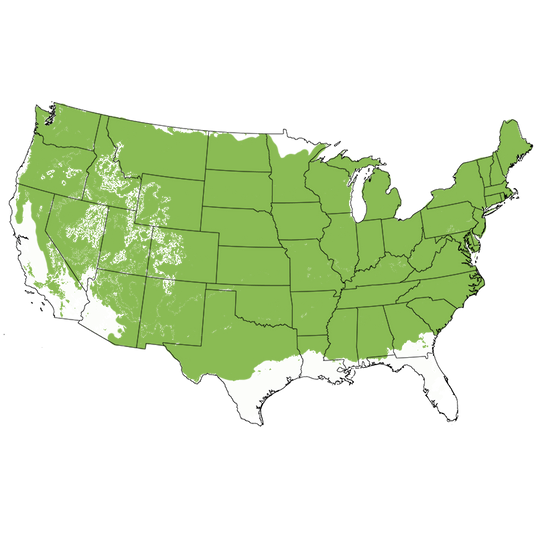
Growing Zones
Fast-Growing Hardy Colorful Boston Ivy Vine!
- Iconic Vine Covering Buildings & Walls
- Cold Hardy Glossy Green Leaves
- Fast-Growing Vertically & Horizontally
- Drought Tolerant
- Attracts Wildlife
- Wonderful Fall Color!
- Greenish-White Flowers
- Small Black Berries For Birds
- Award-Winning
- Insulates & Shades Sun-Baked Walls
- Great Garden Backdrop
- Softens Hardscapes
An Ivy-covered facade on a home instantly boosts its curb appeal big time! Turning any brickwork or stone from 'ho hum' to traditionally inspired 'wow' factor! There's a reason it's called 'Ivy League' you know.
Most of those iconic, old-world buildings are covered in Boston Ivy (Parthenocissus tricuspidata), a very hardy flowering plant in the grape family. Native to eastern Asia in Korea, Japan, and northern and eastern China. Unrelated to the true Ivies, Boston Ivy is also commonly known as Grape Ivy, Japanese Ivy, and Japanese Creeper, and Woodbine.
Boston Ivy is a remarkably fast-growing, deciduous woody vine with tendrils that can grip onto surfaces. The glossy dark green leaves may be reminiscent of grapevines because they are in the same family! Not to be confused with Virginia Creeper, Boston Ivy is not as difficult to remove once attached.
Attractive against almost any background, softening edges and bathing entire surfaces in greenery! In the fall your Ivy will turn a deep scarlet in preparation for the coming winter, and in more sun-exposed areas, the fall color becomes an even deeper red.
Incredibly tiny greenish-white flowers appear in the spring and will be buzzing with pollinators! By early summer small black berries soon develop.
Most people won't notice either, but the birds will partake of the feast you've provided them. Birds often use this dense vine for nesting too!
It's no wonder this amazing vine won the Royal Horticultural Society Award of Garden Merit!
How to Use Boston Ivy In The Landscape
Any place you'd like covered in lovely green vegetation by a plant that is carefree and tolerant of just about any condition, then this plant is for you! Use on houses, trellis' or even on the trunks of large trees, and the vine even trails along as a groundcover if you prefer!
Imagine covering an old shed or garage or Boston Ivy rambling over an ugly wall. Soften edges of retaining walls, or wind it through chainlink for lush privacy! In no time, you'll have a vibrant green, living wall where old paint, crumbling rock, or a neighborly eyesore used to be.
Plant at the base of your mailbox and with little pruning, you'll have a work of art that's the envy of your neighbors. Not just in the ground, but also around your patio and balcony for summer shade in planters and containers.
The benefit from cloaking your home in leafy coolness during the summer months as impressive insulation and shade against those sun-baked western and southern-facing walls. Then, in winter, its bare black vines allow the sunlight through to warm up your exterior walls.
Quickly reaching near full size in five years, at which point this vine may already be 30 feet high! Using adhesive disks resembling gecko's toes, they stick onto mortar instead of digging into cracks and causing damage!
#ProPlantTips For Care
Growing Boston Ivy is oh-so-easy! Once established, there is barely any work for yourself at all!
Autumn color is guaranteed whether planted in full sun, partial, or full shade, Boston Ivy looks amazing regardless of the amount of sun!
Boston Ivy doesn't have a soil type preference; tolerating acid or alkaline, chalk or clay. All it needs is consistent moisture access while establishing. Afterward, provide average moist, well-drained soils. Then, these are even drought-tolerant!
Boston Ivy benefits from support at first but ultimately is self-clinging and hangs onto its surface through storms and wind. It can cover almost any surface quickly and with ease, and even adapts readily to pruning. As with all vines and climbing plants, keep away from gutters and roofs.
A generous layer of mulch helps retain soil moisture as well as insulate the root system from heat and chill.
The Boston Ivy is truly an amazing plant for flat surfaces or upright on walls. You can't go wrong! Order today from Nature Hills Nursery for superb, old-world curb appeal tomorrow!



